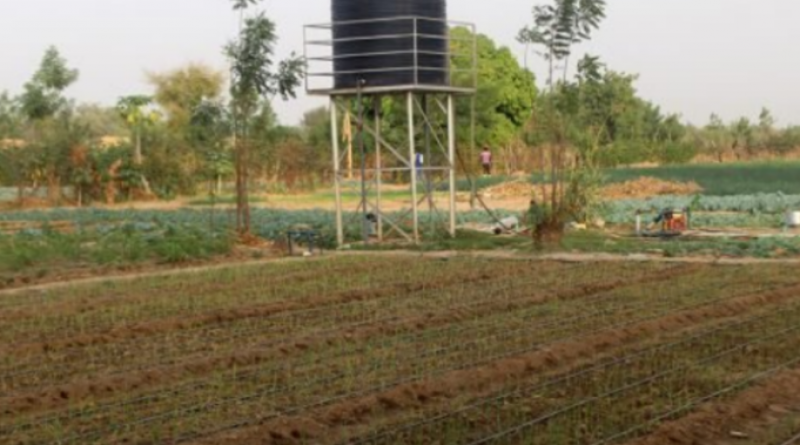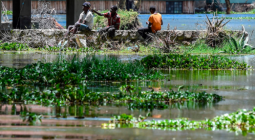Innovation: Burkina Faso is at the forefront of micro-irrigation.

Burkina Faso intends to be a pioneer in the development of micro-irrigation.
This agricultural method aims to bring water to the foot of the plant, which is usually drip-fed, through a surface or underground distribution network, avoiding evaporation as much as possible.
It is labour-saving and, when coupled with ‘fertigation’ – the use of fertiliser soluble in irrigation water – optimises the use of local water resources and improves crop productivity. Faced with the effects of drought in the Sahel, which are aggravated by climate change, this technique has become very popular among farmers in Burkina Faso, as well as – more recently – in neighbouring Niger.
Successful trials
Ouagadougou has launched a vast programme to promote micro-irrigation, with some 2,000ha already developed with this cultivation technique, thanks to 1,500 water tanks.
Burkina Faso has gone from 20 pilot farms in 2019 to implementing this method in nearly 500 farms.
“We are building a resilient farming model (…) based around using groundwater, solar pumping and efficient irrigation technologies that limit evaporation as much as possible,” says Donkora Kambou, director general of Burkina Faso’s agriculture ministry.
In Niger, the Israeli company Netafim is deploying this technology, with estimated water savings of between 30% and 55%. The US non-governmental organisation IDE, which has supported initiatives in Burkina Faso, has more recently conducted trials in Gambia and South Africa.
The prospects for the development of micro-irrigation techniques are great, not only in the Sahel, but also in Southern Africa, which is also a drought-prone region. The size of the drip irrigation market in the Middle East and Africa, which Market Data Forecast estimates will be worth $572m per annum by 2025, is likely to attract specialist players to the continent.
22 April 2021
the africa report




